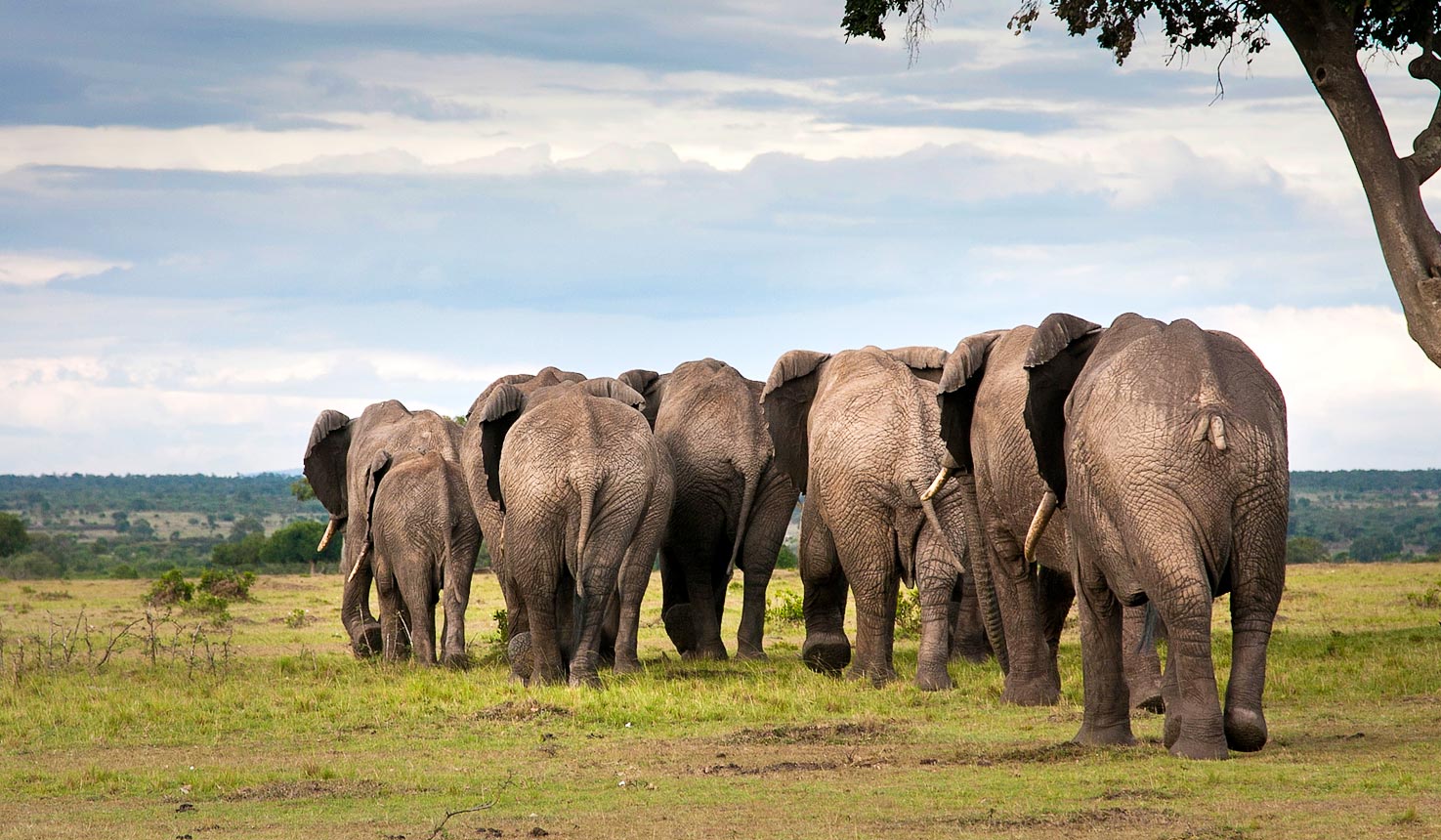Discover the latest updates on park fees at Maasai Mara. Discover the enchanting Maasai Mara National Reserve and its diverse wildlife.
Immerse yourself in the stunning landscapes as you embark on exhilarating game drives, witnessing animals’ raw power and beauty in their natural habitat. Get up close and personal with the iconic Big Five – lions, elephants, buffalo, leopards, and rhinoceros – and marvel at the breathtaking diversity of African wildlife.
But a safari in Africa is not just about the wildlife – it’s also an opportunity to connect with the rich cultural heritage of the continent. Encounter vibrant local communities, learn about their traditions, and savour the flavours of traditional African cuisine.
Planning your dream safari vacation can seem overwhelming, but fear not. In this guide, we will take you through everything you need to know – from choosing the perfect destination and accommodation to organizing transport and creating an itinerary that suits your preferences.
Get ready to embark on the adventure of a lifetime as we explore the untamed beauty of Africa together.
The New Park Fees
In a recent development at Maasai Mara, new park fees structure has been introduced, bringing about changes not only in prices but also in the validity period of tickets. For non-resident adults, the park fees used to be set at $70 for those utilizing accommodations within the park and $80 for those opting for accommodations outside the reserve. Children were charged $40 and $45, respectively.
East African adults used to access the famous reserve by paying 1200Ksh, while children and students needed to part ways with 500Ksh for a 24-hour visit. Notably, the new fee structure introduces a time limit on ticket validity, with tickets expiring after a 12-hour timeline from 6 in the morning to 6 in the evening.
According to the official information released by the park management, non-resident visitors seeking to experience the natural beauty of Maasai Mara will have to pay $100 for visits between January and the end of June. For those wishing to enjoy the diverse wildlife scenes from the first of July to the end of the year, the entrance fee is set at $200.
Kenyan citizens are also subject to the new park fees, with an entrance fee of 2000Ksh applying for all adults and 1000Ksh for children. East African citizens face charges of 4500Ksh for adults and 2000Ksh for children. These changes reflect an effort to balance accessibility and conservation at this renowned wildlife reserve.
Concerns
In the latest development concerning the entrance fees at the Maasai Mara National Reserve, the words of renowned French satirist and historian François-Marie Arouet, better known as Voltaire, come to mind: “Success is attained by slow degrees; it requires the hand of time.” This perspective is being applied to scrutinize the recent changes in visitor entrance fees at the reserve. Interestingly, it appears to be in direct contradiction to the conservancy’s management decision, favouring a more gradual and thoughtful approach to adjustments rather than abrupt spikes. The juxtaposition of Arouet’s wisdom with the conservancy’s stance adds a layer of contemplation to the ongoing discourse surrounding the financial dynamics of one of Africa’s most iconic wildlife reserves.
Research suggests that, instead of a sudden threefold surge in fees, the reserve should contemplate a strategic move that maintains the equilibrium of all factors, especially in favour of a measured approach with incremental, well-thought-out increments over time. This calculated strategy would aim to strike perfect synchrony by considering the economic repercussions on visitors, all the while meeting the escalating needs of conservation and maintenance.
Conclusion
By adopting a gradual adjustment method, the Maasai Mara can mitigate the potential negative effects of tourism, fostering a sustainable relationship between revenue generation and wildlife conservation. The reserve’s management can strategically allocate resources, investing in infrastructure, anti-poaching measures, and community engagement projects without imposing an undue financial burden on visitors.
This measured approach would perfectly align with the long-term goals of preserving the Maasai Mara’s unique ecosystem. It allows the reserve to adapt to changing needs and challenges, promoting a harmonious balance between environmental conservation, economic sustainability, and the interests of wildlife enthusiasts and local communities. As time unfolds, this method ensures the achievement of success in the delicate equilibrium between ecological preservation and responsible tourism.





